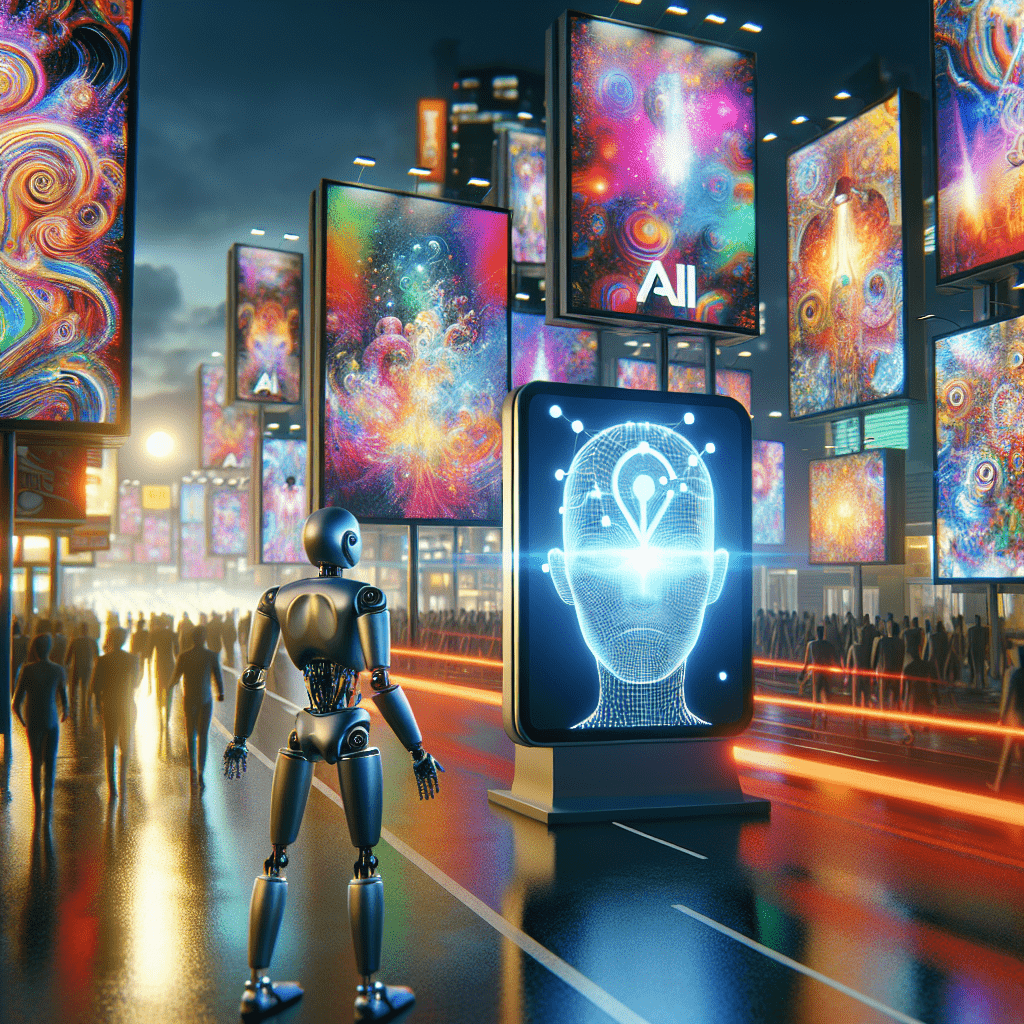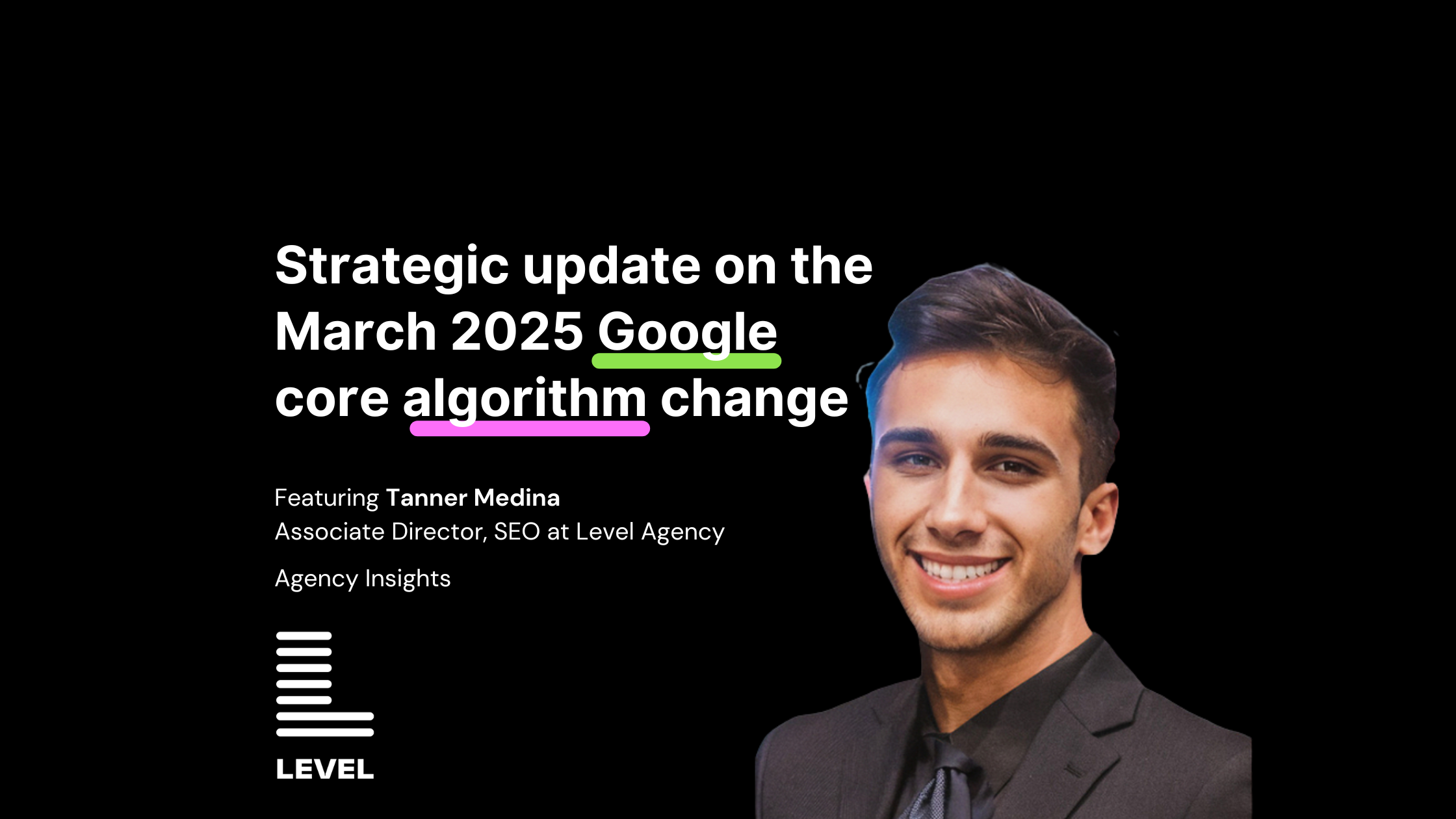Battling the impersonal nature of robotic AI content? Discover methods for infusing human-like qualities into AI-generated text, ensuring it resonates with your readers. Our straightforward guide provides actionable advice to elevate the relatability and appeal of your AI content, fostering a stronger bond with your audience.
To help you create the most humanized AI content possible, we conducted a test of 3 free AI content tools and 2 paid AI content tools so you understand which tools to use to create the most human AI content possible.
Key Takeaways
- Humanizing AI content involves adding emotional engagement, conversational language, and cultural sensitivity to make machine generated text more relatable and natural sounding.
- Incorporating personal anecdotes, varying sentence structures, and using humor are effective strategies for transforming AI generated text into human-like content.
- We tested AI content creation tools to give you an unbiased evaluation of 3 widely available free AI content creation tools, and 2 paid tools. Check out the test below to see who the winner was.
What Does It Mean to Humanize AI Content?
The process of humanizing AI generated content involves taking text created by machine intelligence and infusing it with elements that make it resonate more deeply, engage readers effectively, and sound as though it were crafted by a human.
This technique fine tunes the output from artificial sources to strip away its mechanistic feel, introducing instead the warmth, creativity, and complexity commonly found in texts written by people. The aim is to refine AI text into forms that are not just informative but also emotionally compelling essential for establishing meaningful connections with an audience.
There’s significant value in adding emotional resonance when working to make AI content more relatable, by doing so we bridge gaps between technology produced material and the empathetic impact of communication synonymous with humans.
To better understand how one might inject humanity into AI generated contents, consider these strategies:
- Employ narrative methods inviting audiences on an emotive journey
- Weave personal stories or experiences throughout pieces for relatability
- Opt for natural dialoguesque styles delivering friendliness and openness
- Demonstrate compassion along with insight regarding reader-specific predicaments or aspirations
- Introduce humor or sharp wit which can endear readers through charm
In adopting these approaches within AI text generation, shortcomings can be tackled head-on. Thereby enhancing user engagement via affectivity while simultaneously nurturing trustworthiness among consumers.
Recognizing cultural sensitivity alongside inclusivity plays an integral role when you work toward enlivening digitally composed manuscripts. Not all algorithmic systems adequately capture varied sociocultural intricacies nor do they necessarily account for differing demographic requirements such as those pertinent to young individuals including children or teens.
Infused anthropomorphic touches enable us to modify compositions appreciating disparate communal contexts while broadening approachability across diverse recipient groups including adjusting tonality via sentiment scrutinization techniques plus peppering messages with illustrative emojis creating digital vernaculars mirroring humankind’s communicative idiosyncrasies.
Steps to Transform AI-Generated Text into Human-Like Content
Effectively humanizing AI-generated content calls for the inclusion of personal stories and experiences. These elements infuse authenticity and approachability into the AI generated text, enhancing engagement with readers.
Consider adding a short narrative from your own life to an article about a travel spot sharing unique moments that only you experienced can offer something beyond what AI could produce. To avoid the monotony in sentence construction and word choice often seen in AI generated content, it’s crucial to introduce variation. The repetitive nature of both language use and rhythm is characteristic of such texts.
Hence mixing concise sentences with those more elaborate creates contrast, making the text appear more crafted by humans. Incorporating colloquial expressions as well as various idioms where fitting adds character and complexity to your writing style.
Injecting humor can also significantly contribute to creating human-like AI written text. Wisecracks, playful puns or casual commentary bring warmth to a written material, but should be wielded thoughtfully considering appropriateness for both audience demographics and subject matter contextually relevant jokes may resonate better than generic ones. Also engaging through interactive tactics like posing rhetorical questions or encouraging reader response contributes towards establishing a conversational tone throughout your piece.
The final aspect involves fine-tuning tone specifically aligned with targeted reader preferences when aiming at delivering truly human like creations formed through AI assistance. A generically neutral or stilted professional pitch might not strike chord across varied audiences segments.
Crafting linguistic nuances mindful of whether addressing millennials inclined toward informal dialogue replete cultural references, or perhaps producing substance tailored professionals requiring sophisticated expression while still weaving individual insights. An adaptive voice resonates best without straying from genuine message delivery intended original communication goal.
Tools for Humanizing AI Content
As the need for AI-generated text that closely resembles human writing increases, a plethora of resources have surfaced to aid creators in crafting such content. These range from no-cost solutions providing fundamental capabilities to premium services equipped with sophisticated functionalities. Through the use of these specialized AI text tools designed as AI humanizers, authors are able to refine their creation process and achieve texts that sound more authentic and captivating.
It’s worthwhile investigating some of the best free and paid options among these text tools available for converting AI generated text into something akin to natural human language, effectively giving a more relatable voice to machine-produced content.
Free Tools to Humanize AI Content
The “humanize AI text tool,” known for its ability to render AI content more human-like, is a popular free resource online. This digital text tool boasts the following characteristics:
- It utilizes sophisticated algorithms to rework AI-generated content into formats that resemble those produced by humans while preserving the original message and context.
- The design is optimized for search engine visibility.
- Many common AI detectors can be eluded by this platform, providing an essential utility for creators who wish to polish their AI-produced materials without any extra expenses.
An equally formidable free service comes from Writesonic’s Humanizer Tool designed with user-friendliness in mind. Beneficial especially to digital marketers, bloggers, and content producers seeking a personal writerly touch on their material generated through artificial intelligence. You do not need professional skills to capitalize on what Writesonic has to offer.
Here’s the simple process it follows:
- Insert your piece of AI-generated material into the interface.
- Choose your preferred tone style.
- Activate “Humanize” and obtain a version that reads more naturally.
Writesonic’s Humanizer provides an easy path toward refining ai-derived work in terms of quality and feel authenticity.
Both these services – Humanize AI Text Tool and Writesonic’s counterpart are packed with benefits when serving as converters making computer-made texts indistinguishable from those penned down by actual writers.
- They’re multilingual platforms
- Unlimited word counts or unrestricted use times
- Fully operational across all dominant web browsers and devices
- Compatible processing variety stemming from different sources including but not limited ChatGPT, Google Bard, Microsoft Bing QuillBot Grammarly Jasper.ai Copy.ai
They’re accessible immediately due to no signup registration or login hassles, which allows straightforward usage whenever there’s necessity humanizing resultant pieces originating out computational systems.
Paid Tools to Humanize AI Content
Although free tools offer some valuable services, paid options come with advanced features that cater to users looking for more thorough solutions in content humanization.
Take Humanize AI as an example. It presents a premium service which allows access to a greater word limit and additional advantages, this proves especially beneficial for professionals who frequently manage extensive amounts of AI-generated content and need stronger humanizing capabilities.
Surfer’s introduction of an AI detector is also worth mentioning among these sophisticated paid tools. Best recognized for its expertise in SEO, Surfer has broadened its array of offerings by incorporating both detection and the improvement of AI generated content into something much more natural-sounding.
Content creators within the marketing and SEO space will find this tool indispensable because it ensures their output not only appears written by humans but retains critical SEO keywords too.
The rewriting abilities offered by Surfers’ AI humanizer significantly enhance articles created via artificial intelligence, converting them into prose indistinguishable from that penned by real people, all while carefully preserving search engine optimization elements so crucial today’s online writing standards.
Common AI Phrases and How to Avoid Them
Transforming AI-generated content to exhibit the nuanced and varied character of human writing necessitates addressing common AI phrases that can impart a mechanical or unnatural tone. These stock expressions and patterns, although syntactically correct, do not possess the subtlety found in natural human language.
Phrases such as “It is important to note that,” “In conclusion,” or “As mentioned earlier” are often overused hallmarks of AI generated content. To bypass these artificial sounding phrases, it’s essential to creatively rephrase sentences and employ synonyms.
Eschewing templated transitional words or introductory statements allows for more fluid idea connection within your text. For instance, rather than defaulting to “It is important to note that,” one might instead say “Bear in mind” or phrase it as “This critical point deserves attention.”
Introducing a variety of sentence lengths also contributes greatly – alternating between concise declarations and elaborate explanations aids in crafting rhythms similar to those found in human-written prose.
Embracing conversational tones. Veils the nature of ai content creation and infuses humanity into text outputs.
- Employ contractions like “can’t” instead of ”cannot”, utilize an active voice for greater reader engagement.
- Forego complex terminology where simpler terms will suffice.
- The ultimate aim should be clarity and ease-of-understanding over displaying linguistic complexity.
By adopting these approaches, we edge closer to producing texts from artificial intelligence systems indistinguishable from genuine human-like communication, humanizing AI content thus becomes less detectable while better connecting with audiences at large.
The Role of AI Detection Software in Humanizing Content
The utilization of AI detection software is integral in refining the human-like qualities of AI-generated content. These advanced programs employ machine learning algorithms, which are trained using extensive collections of text crafted by humans and machines, to discern whether a piece was produced by an artificial intelligence system.
By scrutinizing elements such as linguistic patterns, structure, and semantic consistency within the text, these detectors can shed light on the extent to which content might be perceived as written by a person. For instance, Surfer’s tool for detecting AI content leverages analysis techniques alongside machine learning and statistical assessments to distinguish writings penned by humans from those fabricated by AI systems.
Common indicators that signal possible AI authorship include repetitive wording usage, uniformity in tone throughout the document, or structures that seem overly systematic, elements these tools watch out for meticulously. The results generated typically come in the form of probability scores reflecting how probable it is that a particular body of text has been computer-crafted.
Content creators aiming at adding more human touches to their AI generated texts stand much to gain from recognizing how this detective technology operates: running passages through these systems could pinpoint parts needing Humanization efforts, for example, adjusting phrases identified as too rigid or formulaic helps tailor writing style appropriately. Thus becoming particularly relevant sectors like educational material production or publishing where authenticity plus adherence to regulatory standards hold great importance.
Nevertheless, bear in mind that although extremely useful aids, current technical limitations may lead AI Detectors to sometimes misjudge classifications hence one should treat findings as principles rather than definitive verdicts when evaluating potency conclusions they draw.
We Ran Blogs Created by Chat GPT, Gemini, Perplexity, Surfer SEO, & Jasper.ai Through AI detection Software, This is What Happened
We ran a simple experiment to test three free generative AI content creation tools and 2 paid tools to find out which tools created the most humanized AI content according to our content AI detector of choice Quillbot. We asked each tool to write the same blog using the same process.
Here is the process we used to generate blog posts from each tool:
Step 1: We asked each tool to to create a blog post about dog grooming tips
Step 2: We used the same exact prompt across all tools. Although we considered using an even simpler prompt because our hypothesis is that most users won’t bother creating fancy prompts to write blogs, we decided to give the AI tools we tested a bit of extra prompting to give those tools a better chance to create a more human blog.
You are an SEO content writers who always follows Google EEAT guidelines when creating content as outlined in Google’s documentation which i want you to read before creating a blog outline: https://developers.google.com/search/docs/fundamentals/creating-helpful-content After reading the EEAT guidelines, I want you to create a blog post that covers the following topic: Dog Grooming Tips.
Step 3: Each tool created an an outline, that we approved without making any suggestions or changes
Step 4: We asked each tool to create a blog post. It is important to note, that paid tools like Surfer SEO have advanced options that we could have used to write a better blog post, but we declined to use those options. With Jasper.ai, we had to answer a series of questions before it would begin writing a blog post. We answered these questions but didn’t explore any other advanced options.
Step 5: We ran each blog post through Qillbot’s AI detection tool. We used Quillbot because it was very easy to use, it was free, and it provided consistent results that were easy to understand.
We compiled all of the blog output into a Google doc for you to read if you want to review each blog post for yourself.
The results of our test are in the table below and in our key take aways below:
Key takeaways
- Most human content writing tool: Surfer SEO crushed this test. It wasn’t even close. If you have the budget to use a paid tool, we recommend picking this tool up.
- Most disappointing content writing tool: We were shocked that Jasper performed so poorly in our test. We expected a lot more from a paid tool.
- Prompt engineering is needed to generate better results: Use the tips in this article to provide free tools like Chat GPT and Gemini with better prompts. When save money using free tools, you will need to invest time to train general AI tools using more sophisticated prompts.
| AI Content Tool | AI Detection Score | Rank | Free or Paid | Reason for Ranking |
| Surfer | 0% AI written | 1 | Paid | Surfer SEO created great content right out of the box |
| Chat GPT | 83% AI written | 2 | Free | Chat GPT jumped over a low bar to lock in a #2 rankings |
| Perplexity.ai | 95% AI written | 3 | Free | All Perplexity had to do was avoid a 100% AI written score, and they did it |
| Gemini | 100% AI written | 4 | Free | We ranked Gemini over Jasper because Gemini is free and Jasper is a paid tool |
| Jasper | 100% AI written | 5 | Free | This is a disappointing score for a paid tool. We expected better |
Can Google Distinguish AI-Generated Content from Human-Written Content?
As AI technology continues to improve, the ability of Google to discern with consistency between content created by humans and that generated by AI remains a complex and evolving issue. Using advanced algorithms, Google scrutinizes web content for linguistic styles, structural syntax, and semantic integrity.
These algorithms are finely tuned to sift through content in search of material that delivers value to its audience while upholding high standards of quality—regardless if it’s authored by humans or machines. Notably though, what captures Google’s attention is the merit and utility embedded within the content more so than who or what produced it.
Various parameters are taken into consideration such as context pertinence, response relevance concerning user inquiries, along with adherence to principles encapsulated in E-E-A-T (Expertise, Experience, Authoritativeness, Trustworthiness).
While indicators typical of AI-created work like repetitive phrasing or a shortfall in subtlety might be recognizable by Google’s systems today. Distinguishing features between human-authored articles and those crafted via artificial intelligence grow increasingly indistinct due also improved capabilities on behalf of AIs themselves.
The criteria adopted by Google for gauging online material continually develop, thanks to innovation updates implemented in their ranking mechanisms, alongside the adoption of machine learning methods, which bolster this process further. This implies that the identification capabilities regarding AI-produced content, currently in place, could shift as time progresses.
Once again, this signals to content creators that they should direct their efforts toward producing genuine, high-quality pieces aimed at addressing the actual needs of target groups. Doing so ensures greater resonance and alignment with objectives, maintaining prominence in line with current trends observed in the metrics used for search engine results pages displayed to users worldwide.
Why Google Favors User-Generated Content
Google has demonstrated a distinct favoritism towards user-generated content from platforms such as Reddit and Quora, due to its authentic nature and reliability. The value of this type of content lies in its ability to provide real-world experiences, distinctive viewpoints, and intimate knowledge that readers find invaluable.
It is the relevance and utility derived from addressing specific queries and issues directly which makes it more attractive in the view of search engines. The foundation for Google’s preference can be attributed to how well user-generated content aligns with E-A-T principles within content creation.
- Expertise
- Authority
- Authoritativeness
- Trustworthiness
Content sourced from users who frequently share their detailed personal stories or expertise naturally exhibits these characteristics. For example, genuine feedback on products shared through Reddit threads delivers authentic assessments far outweighing what might appear through possibly slanted promotional material. This authenticity holds significant value in Google’s eyes.
Google’s algorithms are programmed to prioritize pertinent, trustworthy information designed primarily for human use over manipulating search engine rankings. Since most user-created posts aim at exchanging insights rather than enhancing SEO (search engine optimization), they exemplify criteria matching up with what Google seeks out – useful entries relevant to searcher needs. This synergy between platform-centric content like that found on Reddit or Quora and Google’s service mission often results in higher visibility for such material with eаrch outcomes.
Benefits of Humanizing AI Content
Incorporating a human-like quality into AI-generated content can significantly amplify your digital strategy and web presence, one of the key enhancements being superior search engine optimization (SEO). Humanizing AI content makes it appear more natural and similar to what humans would write, thus boosting its likelihood to be prioritized by search engines.
The integration of critical keywords alongside enhanced online discoverability is central to this improvement. The level of engagement from readers also sees marked improvement when AI-generated text undergoes humanization. This approach yields text that resonates better with people, which in turn drives higher levels of interaction due primarily to its readability and relatability.
Without such a personalized touch, AI-crafted material might fall short on fostering an emotional bond with the reader resulting in diminished user involvement. Instilling a bit of humanity allows for deeper connections with audiences as they are compelled to spend greater time on your site engaging with the human-touched content.
When aiming for authenticity within your brand’s voice and establishing real rapport with users, bestowing a sense of personality upon AI-created text is crucially important. Through shedding any mechanically rigid overtones commonly attributed to computer-made writing. You present information that feels genuine a critical factor in nurturing trustworthiness amongst consumers, leading to sustained interest and allegiance over time.
Lastly, tailoring messages becomes much smoother through content’s artificial intelligence tweaked by sentient handling because while automated systems excel at swift composition they typically miss subtler shades unique only to interpersonal communication contexts comprehended naturally by humans alone.
By integrating this understanding into articles or blog posts etc., you answer directly to audience-specific curiosities or challenges rendering each written piece substantially relevant and thus making substantial contributions toward achieving broader strategic objectives linked to effective deployment of cleverly crafted narratives.
Practical Steps for Humanizing AI-Generated Text
As we’ve explored throughout this blog post, humanizing AI content is not just a trend, but a necessary skill in today’s digital landscape. From understanding what it means to humanize AI text to implementing practical steps and utilizing various tools, we’ve covered the essential aspects of transforming machine-generated content into engaging, human-like prose.
We’ve seen how this process can improve SEO, increase reader engagement, build trust, and create content that truly resonates with your audience. The journey of humanizing AI content is ongoing, as both AI technology and search engine algorithms continue to evolve.
However, by focusing on adding personal touches, varying your language, and always keeping your audience’s needs at the forefront, you can create content that stands out in the digital noise. Remember, the goal is not to deceive readers or search engines about the origin of your content, but to leverage AI as a tool to create more efficient, effective, and engaging content that serves your audience.
As we move forward in this AI-augmented world of content creation, those who master the art of humanizing AI content will undoubtedly have a significant advantage in connecting with their audience and achieving their content goals.
Frequently Asked Questions
What are the key differences between AI-generated and human-written content?
Human-written content commonly features personal stories, emotional richness, and diverse sentence patterns that provide a more organic flow. In contrast, AI-generated content often falls short in incorporating such personal anecdotes, conveying subtle emotions, or achieving the same variability in sentence construction.
Can Google detect AI-generated content?
Google emphasizes content quality, relevance, and worth over its source. While their algorithms may not always be able to reliably identify content created by AI, they scrutinize elements such as patterns in the language and compliance with E-A-T (Expertise, Authoritativeness, Trustworthiness) guidelines which can occasionally suggest the presence of AI-generated material.
What are some free tools available for humanizing AI content?
Advanced algorithms are employed by tools such as Humanize AI and Writesonic’s AI Humanizer Tool to enhance the naturalness of AI-generated text, ensuring that it retains its initial context and meaning. These services allow you to humanize ai content at no cost.
These platforms have been designed for ease of use and do not necessitate any specialized knowledge. Thus, making the process accessible for users who wish to utilize an AI humanizer tool without steep learning curves.
How can I make my AI-generated content sound more human-like?
In order to infuse a more human-like quality into your AI-generated content, consider weaving in personal stories, experimenting with diverse sentence structures and word choices, sprinkling humor appropriately, introducing interactive elements such as inquiries to the reader, and tailoring the tone to resonate with your intended audience. Steer clear of phrasing typically associated with AI and strive for a natural conversational style.
Adhering to these strategies will significantly boost both the perceived genuineness and engagement level of your material. It’s crucial that readers feel they are interacting with an actual individual—this is key in forging a genuine bond between them and your content. Dare to enliven your text by allowing personality and inventive flair shine through it. Here’s wishing you success on this delightful journey of content creation!
Why does Google favor user-generated content?
Google gives preference to content generated by users as it holds authenticity, is considered reliable, and meets user inquiries with direct personal experiences or perspectives. Such material showcases expertise and is tailored to serve the interests of people, which corresponds with Google’s aim to deliver pertinent and beneficial content.








